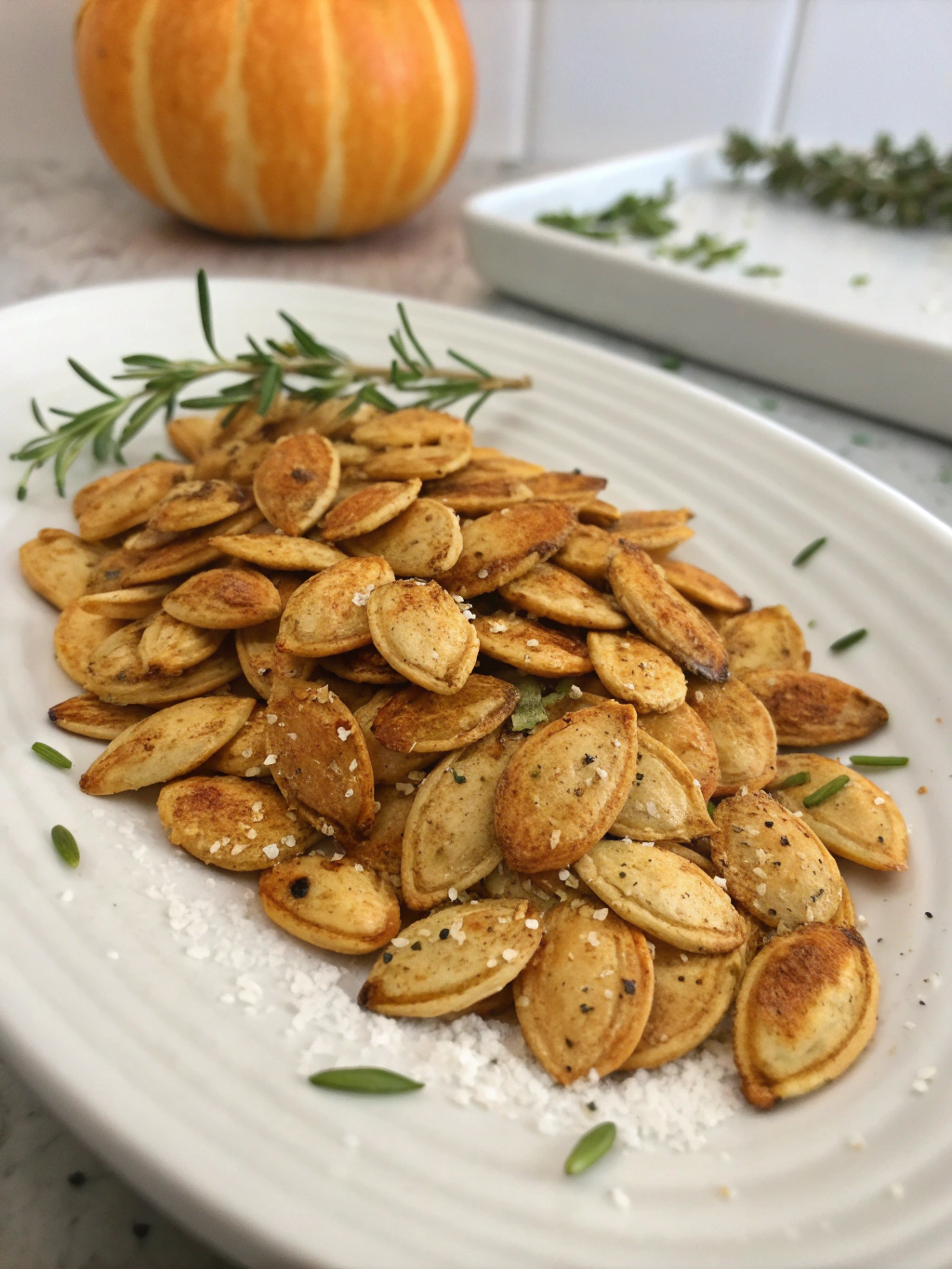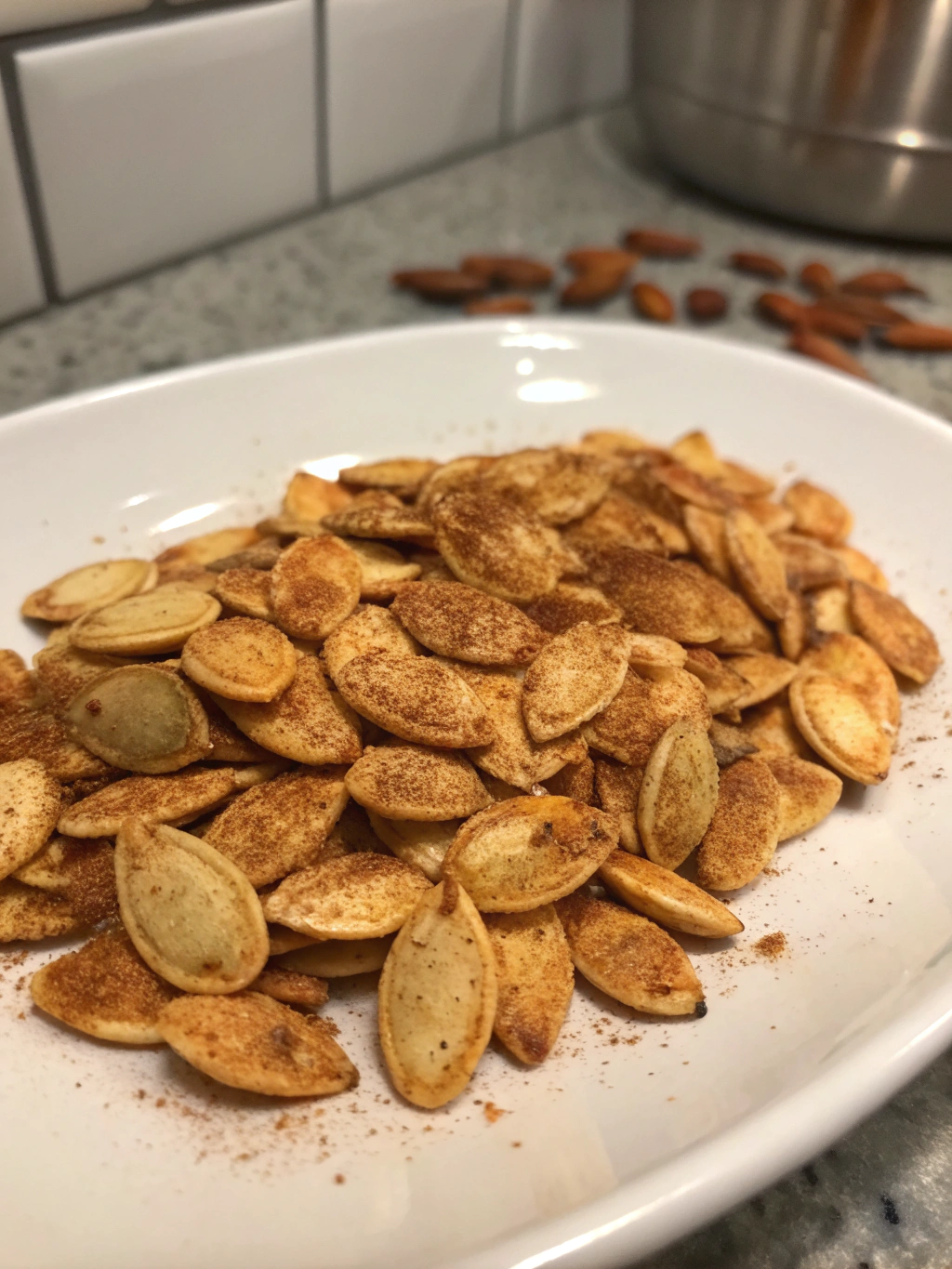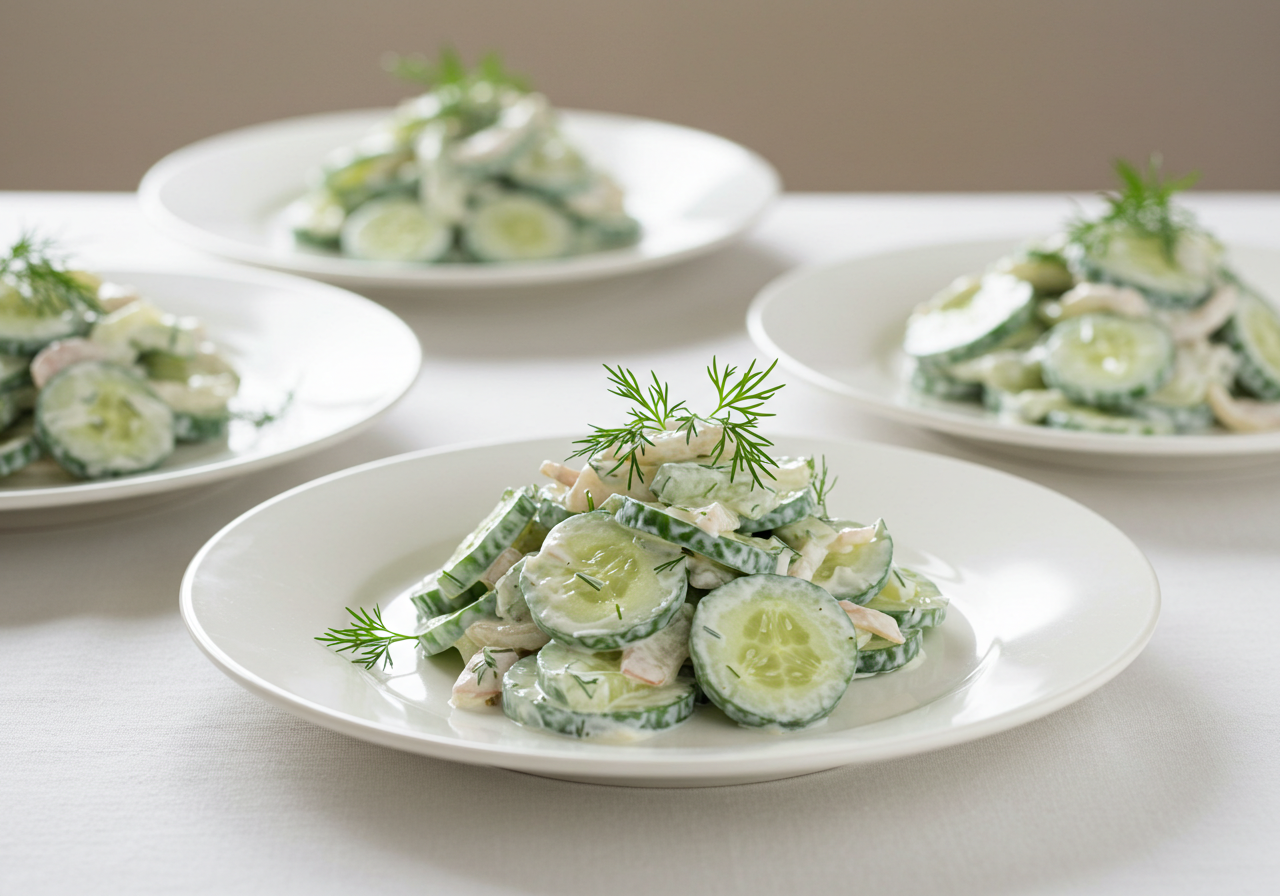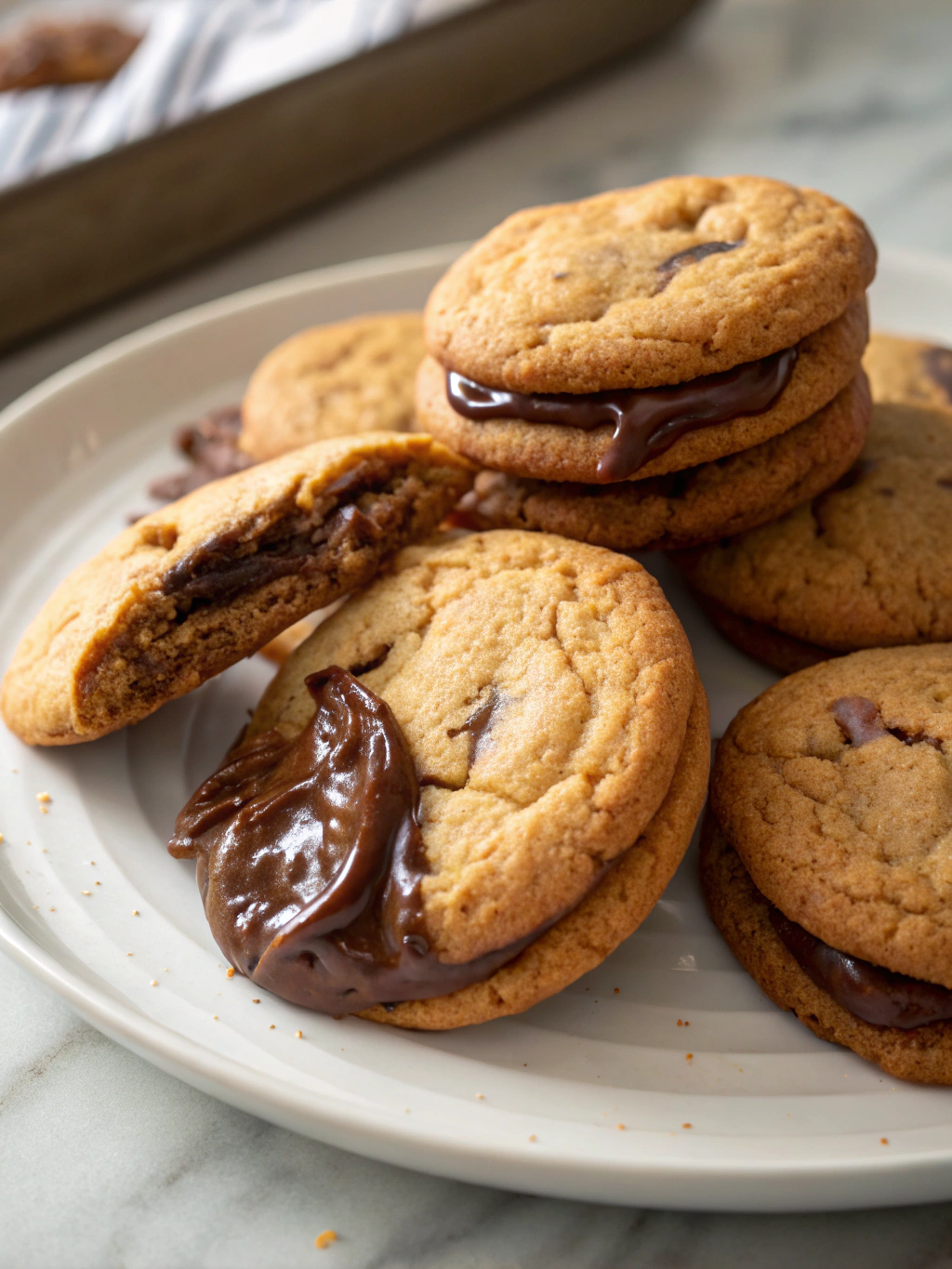Ricotta pizza is a mouthwatering twist on traditional pizza that delivers rich, creamy goodness with every bite. Whether you’re a fan of classic flavors or love experimenting with toppings, ricotta cheese can elevate your pizza game to new heights. In this guide, we’ll explore what makes ricotta pizza so special, why it’s a favorite among pizza lovers, and how to create your own delicious variations.
What is Ricotta Pizza?
Ricotta pizza is a type of pizza where ricotta cheese serves as the star ingredient, either as a base, topping, or flavorful addition. Unlike mozzarella, which melts into stretchy strings, ricotta adds a creamy, soft texture and mild, slightly sweet flavor that complements a wide range of ingredients. This style of pizza can be enjoyed with simple toppings like fresh basil and olive oil or transformed into a gourmet masterpiece with vegetables, meats, and herbs.
While ricotta is often associated with lasagna and stuffed shells, its versatility makes it an excellent choice for pizza. It works beautifully on white pizzas (those without tomato sauce) but can also be paired with traditional marinara for a rich, layered experience.
Why Ricotta is a Game-Changer for Pizza Lovers
Ricotta cheese is a game-changer for pizza lovers because it adds:
- Creamy Texture: Unlike melted cheeses that stretch, ricotta’s smooth and creamy consistency provides a luxurious mouthfeel that balances crispy pizza crusts.
- Mild Flavor: Ricotta’s subtle, slightly sweet flavor acts as a blank canvas, enhancing the overall taste without overpowering other toppings.
- Versatility: It pairs perfectly with savory, sweet, and spicy ingredients, allowing endless creative combinations. Whether topped with spinach and garlic, drizzled with honey, or paired with spicy sausage, ricotta effortlessly adapts to your cravings.
- Healthier Option: Compared to many other cheeses, ricotta is lower in fat and calories while still offering a rich, satisfying taste. It’s a fantastic option for those looking to enjoy pizza without overindulging.
For pizza lovers who crave a creamy, sophisticated alternative to traditional cheese toppings, ricotta is the perfect solution. Whether used in dollops, swirls, or as a base, it transforms homemade pizza into something truly special.
The Origins of Ricotta Cheese
Brief History of Ricotta Cheese
Ricotta cheese has ancient origins, dating back to Roman times. The word ricotta means “recooked” in Italian, reflecting the unique process used to make this cheese. Unlike other cheeses, ricotta is produced by reheating the whey left over from cheese-making. Early Roman dairymen discovered that by gently boiling whey and allowing it to curdle, they could create a soft, creamy cheese with a delicate flavor.
Over the centuries, ricotta became a staple in Italian households, particularly in rural areas where nothing from the cheese-making process was wasted. Shepherds would use sheep’s milk whey to craft ricotta, which was enjoyed fresh or dried for longer preservation.
How Ricotta Became Popular in Italian Cuisine
Ricotta’s versatility played a significant role in its rise to culinary fame across Italy. Its mild flavor and creamy texture made it an ideal ingredient for both savory and sweet dishes. From pasta fillings like ravioli and lasagna to classic desserts such as cannoli and ricotta cheesecake, the cheese became a cornerstone of Italian cooking.
In southern Italy, ricotta found its way onto pizzas, paired with fresh vegetables, herbs, and meats. The development of pizza bianca (white pizza) — which omits traditional tomato sauce — allowed ricotta to shine as a primary topping, giving birth to some of the earliest versions of ricotta pizza.
As Italian immigrants brought their recipes to new lands, ricotta became a global favorite, influencing dishes far beyond Italy’s borders. Its role in modern pizza has evolved into a creamy, gourmet topping that continues to captivate food lovers around the world.
What Makes Ricotta Pizza Unique?
Creamy Texture and Mild Flavor of Ricotta
What sets ricotta pizza apart is the luxurious, creamy texture and subtle flavor of the cheese. Unlike traditional cheeses like mozzarella that melt and become gooey, ricotta maintains a soft, fluffy consistency when baked. This creamy quality contrasts beautifully with the crispiness of the pizza crust, creating a delightful combination of textures.
Ricotta’s mild flavor acts as the perfect foundation for a variety of toppings. Whether you’re pairing it with savory ingredients like garlic, spinach, and mushrooms, or balancing it with a touch of sweetness from honey or caramelized onions, ricotta enhances the overall harmony of the pizza without overpowering the palate.
How it Differs from Traditional Mozzarella-Topped Pizzas
While mozzarella is the classic choice for most pizzas, it behaves differently compared to ricotta. Mozzarella melts into a stretchy, stringy layer that blankets the pizza, providing a uniform texture. Ricotta, on the other hand, is spooned or dolloped onto the pizza in small, fluffy mounds. Instead of covering the pizza entirely, ricotta creates pockets of creamy richness that complement the crust and toppings.
Other key differences include:
- Flavor Profile: Mozzarella has a saltier, tangier taste, while ricotta offers a slightly sweet, mild flavor.
- Moisture Content: Ricotta retains more moisture, which keeps certain pizzas soft and decadent, whereas mozzarella tends to crisp up during baking.
- Versatility: Ricotta’s neutral flavor makes it ideal for creative toppings, such as lemon zest, truffle oil, or roasted vegetables, which might not pair as well with mozzarella.
By offering a unique texture and flavor, ricotta pizza stands out as a sophisticated alternative to traditional mozzarella-topped pies, appealing to those who crave a creamy and gourmet experience.
Key Ingredients for Ricotta Pizza
Ricotta Cheese: Fresh vs. Store-Bought
The quality of ricotta cheese can make a significant difference in your pizza’s flavor and texture. When choosing ricotta, you have two main options: fresh ricotta or store-bought ricotta.
- Fresh Ricotta: Often made locally or at home, fresh ricotta has a delicate, airy texture and a subtle, slightly sweet flavor. It is less dense and creamier than most commercial options, making it ideal for pizzas where the cheese is meant to shine. Fresh ricotta works beautifully in simple recipes, where its natural qualities are highlighted. You can even make it at home with just milk, an acid (like lemon juice), and a bit of patience.
- Store-Bought Ricotta: Widely available and convenient, store-bought ricotta tends to be thicker and denser. While it may lack some of the nuances of fresh ricotta, it still provides a creamy and satisfying topping. For best results, look for brands with minimal ingredients — high-quality ricotta should contain only milk, salt, and an acid or enzyme. If the texture is too firm, you can loosen it with a splash of milk or olive oil to restore creaminess.
Dough: Choosing the Perfect Pizza Crust
The pizza dough serves as the foundation for ricotta pizza, and choosing the right type of crust can enhance the overall experience. Here are some options to consider:
- Classic Neapolitan Dough: This thin, airy crust with a crispy yet chewy texture pairs wonderfully with ricotta. It’s perfect for high-heat baking, which gives the crust those beautiful charred bubbles.
- New York-Style Dough: Slightly thicker than Neapolitan crust, this style is sturdy enough to hold generous dollops of ricotta and a variety of toppings while maintaining a balance of chewiness and crispiness.
- Thin-Crust Dough: For a lighter option, thin-crust dough works well with ricotta as it allows the cheese and toppings to take center stage.
- Whole Wheat or Multigrain Dough: If you prefer a nutty, earthy flavor, whole wheat dough provides a wholesome and hearty base that pairs nicely with ricotta and vegetable toppings like spinach, mushrooms, and roasted tomatoes.
- Gluten-Free Crust: For those with dietary restrictions, gluten-free options made with almond flour, rice flour, or cauliflower can still serve as excellent bases for ricotta pizza.
No matter the type of crust, the key is to ensure it’s crisp on the outside yet sturdy enough to support the creamy ricotta and toppings without getting soggy.
Toppings That Pair Well with Ricotta
Ricotta’s mild and creamy profile makes it an incredibly versatile ingredient that pairs well with a variety of toppings. Here are some popular and delicious combinations:
Savory Toppings
- Fresh Greens: Spinach, arugula, or kale add a slightly bitter and earthy note that balances the richness of ricotta.
- Roasted Vegetables: Mushrooms, zucchini, cherry tomatoes, and eggplant caramelize beautifully, enhancing the pizza with robust flavors.
- Garlic and Herbs: Fresh basil, oregano, thyme, and sautéed garlic bring aromatic and savory undertones that complement ricotta perfectly.
- Caramelized Onions: Sweet and soft caramelized onions contrast beautifully with ricotta’s creaminess.
- Meats: Spicy Italian sausage, prosciutto, pancetta, and bacon provide salty, savory elements that pair well with ricotta’s mildness.
Sweet and Unique Toppings
- Honey or Fig Jam: Drizzling honey or spreading fig jam over ricotta creates a sweet-savory balance that’s perfect for a gourmet touch.
- Fresh or Roasted Fruits: Pears, figs, grapes, or apples pair wonderfully with ricotta, especially when combined with ingredients like prosciutto or walnuts.
- Nuts and Seeds: Toasted pine nuts, walnuts, or pumpkin seeds add crunch and depth of flavor to ricotta pizzas.
Finishing Touches
- Olive Oil: A drizzle of high-quality extra virgin olive oil adds a rich, fruity note to the pizza.
- Lemon Zest: Brightens up the flavors and adds a subtle citrusy aroma.
- Truffle Oil: For a luxurious finish, a light drizzle of truffle oil enhances the earthy and creamy elements.
- Chili Flakes or Hot Honey: For a bit of heat, chili flakes or spicy honey add a kick that complements ricotta’s creaminess.
With ricotta as the base, you can experiment with an endless variety of toppings to suit your tastes, from classic combinations to more adventurous, gourmet flavors. The result is always a unique and satisfying pizza experience.
How to Make Homemade Ricotta for Your Pizza
Making homemade ricotta is surprisingly simple and rewarding, and it elevates your pizza with an incredibly fresh and creamy flavor. With just a few basic ingredients, you can create ricotta cheese that’s far superior to most store-bought versions.
Ingredients Needed
To make fresh homemade ricotta, you’ll need:
- 4 cups whole milk (preferably not ultra-pasteurized for better curdling)
- 1 cup heavy cream (optional for extra richness)
- 2 tablespoons white vinegar or fresh lemon juice (acts as the acid to curdle the milk)
- 1/2 teaspoon salt (adjust to taste)
Optional Additions:
- Fresh herbs like basil or thyme (for flavored ricotta)
- Black pepper or a drizzle of olive oil (for added richness)
Step-by-Step Process
- Heat the Milk and Cream:
- In a medium saucepan, combine the whole milk and heavy cream.
- Heat the mixture over medium heat, stirring occasionally to prevent it from scorching.
- Bring the mixture to about 180°F to 190°F (just before it starts boiling). You’ll see small bubbles around the edges, but avoid a rolling boil.
- Add the Acid:
- Once the milk mixture is hot, remove it from the heat.
- Stir in the vinegar or lemon juice and add the salt.
- Gently stir just once or twice to combine, then let it sit undisturbed for about 5-10 minutes. During this time, curds (the solid part) will separate from the whey (the liquid).
- Strain the Ricotta:
- Line a fine-mesh sieve or colander with cheesecloth (or a clean kitchen towel) and place it over a large bowl to catch the whey.
- Carefully pour the curdled mixture into the sieve.
- Let it drain for about 5-15 minutes, depending on how creamy or firm you want the ricotta. For a softer ricotta, drain for less time; for a firmer consistency, let it drain longer.
- Store and Use:
- Transfer the strained ricotta to a clean bowl. Use immediately for your pizza or store it in an airtight container in the refrigerator for up to 3-4 days.
Tips for the Best Creamy Ricotta
- Use Quality Dairy:
- Whole milk is key for creamy ricotta. Avoid ultra-pasteurized milk, as it may not curdle properly. For added richness, include heavy cream.
- Don’t Over-Stir:
- Once you add the acid, stir gently and minimally. Over-stirring can break the curds into smaller pieces, making the ricotta less fluffy.
- Adjust Draining Time:
- For creamier ricotta, drain it for a shorter time. If you prefer a firmer ricotta, extend the draining time and gently press out excess whey.
- Flavor It:
- To enhance the ricotta for pizza, mix in herbs like basil, thyme, or oregano. A pinch of black pepper, lemon zest, or olive oil can also elevate the flavor.
- Save the Whey:
- The leftover whey can be used in smoothies, soups, bread-making, or even for cooking grains like rice or quinoa. It’s packed with nutrients and adds a subtle tangy flavor.
- Serve Fresh:
- Homemade ricotta tastes best when used fresh. If refrigerated, bring it to room temperature before adding it to your pizza for the best texture and flavor.
Homemade ricotta adds an unbeatable level of freshness and creaminess to your pizza. With minimal effort and simple ingredients, you’ll create a cheese that not only enhances the flavor of your dish but also gives you the satisfaction of cooking from scratch. Whether spread as a base or dolloped on top, your homemade ricotta will take your pizza to gourmet levels!
Conclusion
Why Ricotta Pizza is Worth Trying
Ricotta pizza offers a unique and delightful twist on traditional pizza by combining a creamy, mild cheese with an endless array of toppings. Its versatility makes it suitable for both classic and gourmet flavors, whether paired with fresh greens, savory meats, or roasted vegetables. Unlike heavy, gooey cheese layers, ricotta adds a light, airy quality that complements a crispy crust perfectly. Whether you’re a fan of thin-crust pizzas or hearty, thick dough, ricotta elevates the experience with its smooth, luxurious texture.
Final Thoughts on Exploring New Pizza Ideas
Exploring ricotta pizza is not just about trying a new recipe; it’s about discovering how simple ingredients can transform a meal into something extraordinary. With its ability to adapt to sweet, savory, and even spicy toppings, ricotta provides endless opportunities for creativity. Whether you’re making it for a quick weeknight dinner or impressing guests with gourmet variations, ricotta pizza proves that delicious meals can be both simple and sophisticated. Don’t be afraid to experiment with different crusts, toppings, and cheeses—there’s always a new combination waiting to be discovered.
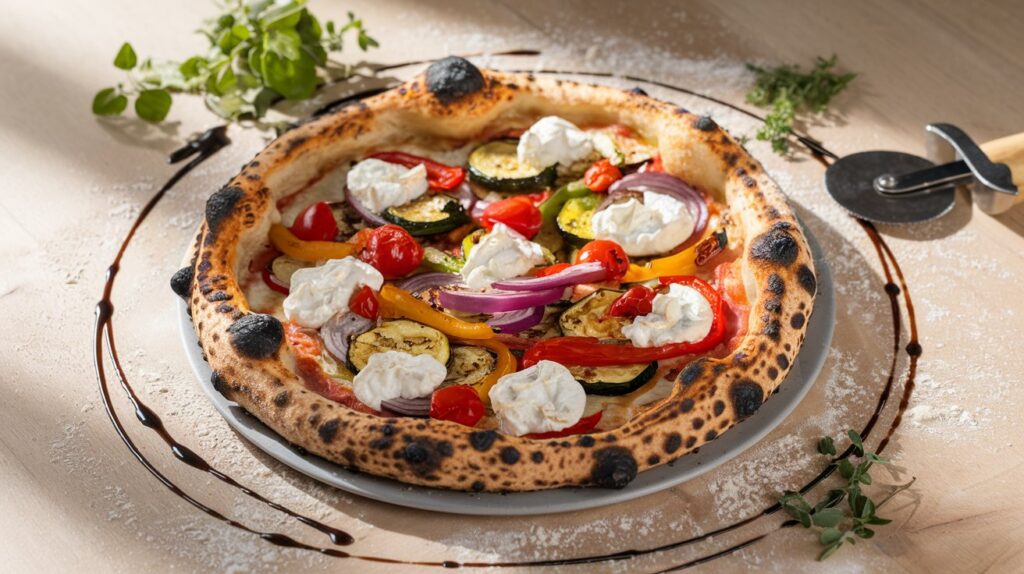
To enhance the internal linking structure for the Ricotta Pizza article, here are some strategic opportunities:
- When discussing creative variations like Ricotta and Prosciutto Pizza, you can link to the Cantaloupe and Prosciutto recipe to highlight another delicious way prosciutto can be paired with complementary ingredients.
- While mentioning vegetarian-friendly options for ricotta pizza, consider linking to the Crockpot Spaghetti Squash recipe as an alternative vegetarian dish that readers might enjoy.
- In the section about homemade vs. store-bought ricotta, referencing the Milk Brioche Rolls recipe could provide readers with another idea for using fresh dairy ingredients in homemade baking.
These internal links will not only provide readers with additional relevant content but also help improve SEO and engagement across your website.
FAQs
Can I Use Ricotta as a Base Sauce for Pizza?
Yes, ricotta can be used as a base sauce for pizza, especially for white pizzas (those without tomato sauce). Simply spread a thin, even layer of ricotta over the pizza dough and season it with salt, pepper, garlic, or herbs. For extra flavor, mix in olive oil, lemon zest, or grated Parmesan. It creates a creamy foundation that pairs beautifully with toppings like spinach, mushrooms, or prosciutto.
How Long Can Ricotta Pizza Be Stored?
Ricotta pizza is best enjoyed fresh, but you can store leftovers in the refrigerator for up to 3 days. Place the pizza slices in an airtight container or wrap them tightly in foil to prevent drying out. To reheat, bake in a preheated oven at 375°F (190°C) for 8-10 minutes to restore the crispiness of the crust and warm the toppings. Avoid microwaving, as it can make the crust soggy.
Is Ricotta Pizza Suitable for Vegetarians?
Yes, ricotta pizza can be suitable for vegetarians, provided you use vegetarian-friendly ricotta cheese. Some ricotta cheeses are made with animal-derived rennet, so check the label to ensure it’s rennet-free. Vegetarian toppings like spinach, roasted vegetables, caramelized onions, and herbs pair beautifully with ricotta, making it a satisfying and wholesome option for vegetarians.
Can I Use Frozen Ricotta for Pizza?
While fresh ricotta is always ideal, frozen ricotta can still be used for pizza if needed. However, freezing can slightly alter its texture, making it grainy or watery. To restore its consistency:
- Thaw the ricotta in the refrigerator overnight.
- Drain any excess liquid using a fine-mesh sieve or cheesecloth.
- Stir the ricotta thoroughly, and optionally mix in a splash of cream or olive oil to bring back some creaminess.
Use thawed ricotta as a topping rather than a base sauce for best results.
What Other Cheeses Pair Well with Ricotta on Pizza?
Ricotta pairs beautifully with a variety of cheeses that add flavor and texture contrast. Some excellent options include:
- Mozzarella: Provides that classic melty, stretchy cheese element.
- Parmesan or Pecorino Romano: Adds a salty, nutty flavor that complements ricotta’s mildness.
- Fontina: A creamy and mild cheese that enhances the richness of ricotta.
- Goat Cheese: Offers a tangy contrast that works well with sweet or savory toppings.
- Gorgonzola or Blue Cheese: Adds bold, sharp notes that contrast ricotta’s softness.
Combining cheeses allows you to build layers of flavor, making your ricotta pizza even more delicious and complex.
Whether you’re a seasoned pizza lover or exploring new recipes, ricotta pizza is a creamy, versatile delight worth adding to your culinary repertoire. From experimenting with toppings to mastering homemade ricotta, there’s no limit to how creative you can get with this delicious dish!



